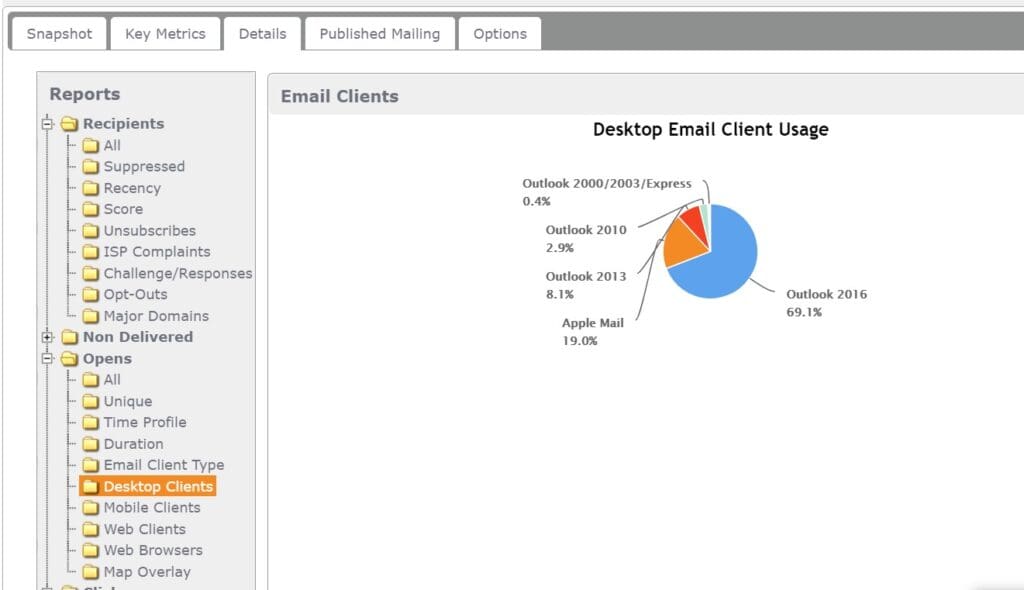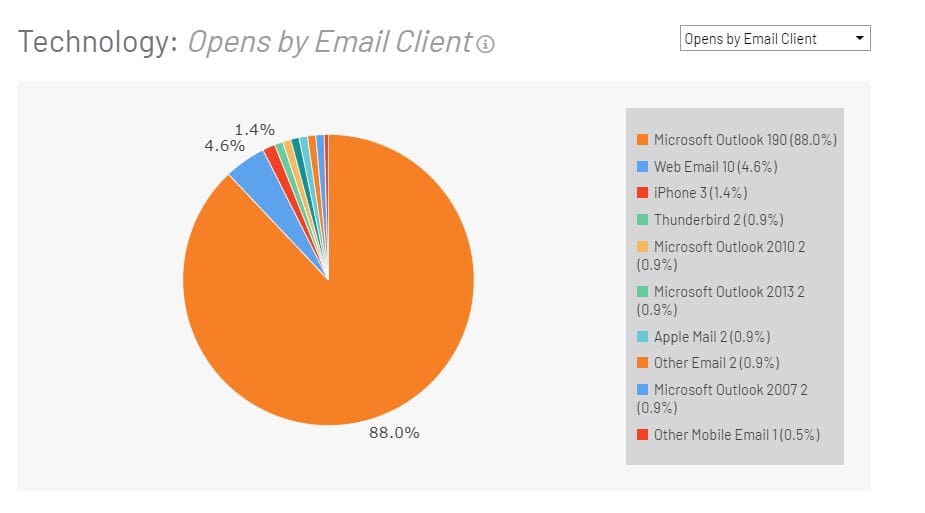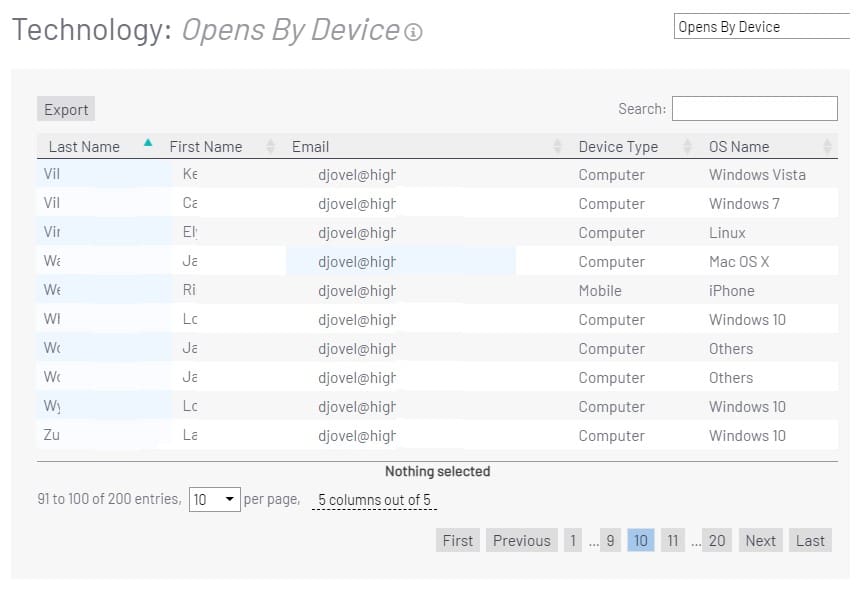
How New Email Privacy Rules Will Affect You – And 5 Ways to Prepare
New email privacy rules are coming from Apple. Learn what’s changing and how you can prepare.
During this summer’s Worldwide Developers Conference (WWDC), Apple announced its latest software updates due this fall for their iOS 15, iPadOS 15, macOS Monterey, and watchOS 8. As we have seen with many recent Apple announcements, privacy is touted as a key feature in their ecosystem.
One of the standout updates announced was related to an upcoming change to their Mail app, Apple’s default email client on iPhone, iPad, Mac, and Apple Watch. The new Mail Privacy Protection feature is designed to protect its users from being tracked.
We pulled together a few marketing automation experts from our team to review these changes and compile information on how this will impact you as an email sender. Let’s dive in.
When is the change coming?
One of the most important factors in all of this is when the Apple release will happen. Usually, Apple has its release in the Fall between September and November. Since the release requires users to update their phone and opt-in to the security settings, all users won’t be immediately impacted unless they choose to opt-in. That means now is the best time for you to prepare.
What’s changing with Apple’s email privacy rules?
The two most prominent changes brought by Mail Privacy Protection involve the industry standard 1×1 (invisible) tracking pixel and the client IP address. Apple users that enable Mail Privacy Protection will stop senders who use the tracking pixel from knowing when their recipients open messages. This is accomplished by Apple preloading and caching all images in a message when it is delivered to the device.
As a sender, you will see messages sent to affected Apple devices open messages near the time of delivery as Apple downloads and caches the images. Since the actual user is not downloading the images, not only will you lose the ability to know when a message is opened, you will also lose any geolocation and demographic information for that recipient since their IP address will be hidden.
How will the changes affect you as an email sender?
The most obvious change will be the over-reporting of opens. Over the last few years, open rates have been a less critical engagement metric. But, if you are reporting open rates to your internal and external teams, then you’ll see a noticeable change in comparison to open rates prior to the Apple update.
Some campaigns and messages designed to be sent to those who have not opened a message before will decrease. Those particular messages will not be sent to recipients who open their email through the Apple Mail app on any device. Other campaigns configured to send emails as a follow-up or to nurture those who have opened the message will see an inflation in messages sent, once the Mail Privacy Protection from Apple has been accepted by the user.
When evaluating how Apple’s change might affect your ability to analyze how readers are interacting with your messages, let’s first talk about where you’ll notice the change.
A/B Testing – Testing provides an opportunity to experiment with sending different parts of your email messages and campaigns to a small test list before you actually send the message to your entire list. One configuration in A/B testing is selecting the winning content based on opens. Due to the new Apple Mail Privacy Protection, this may cause the A/B test to be based on proxy opens instead of actual user opens.
Existing Flows – Consider the inventory of actions that are set up based on opens. These would include any campaign step or trigger. Some of these include:
- Engaged/Disengaged campaigns – Tagging a user as engaged if they have opened a message or not in the past XX amount of days.
- Automated nurture campaigns – Follow messaging or notifications based on opens.
- Email Segmentation – Consider any email segments or target groups that are populated by email non-open/opens.
Send Time Optimization – Based on historical opens, this feature will send a message according to an individual’s best time. This will be highly influenced by the Mail Privacy Protection change from Apple.
Monitoring Deliverability – The Higher Logic Deliverability team encourages users to monitor their delivery rates at domains and lists for signs of SPAM filters blocking messages. One example of SPAM filtering is identifying domains without opens.
Automatic Resend – Since Apple will pre-load message content with their proxy servers, including the open image beacon, we would expect to see fewer of your recipients sent the message intended for non-openers.
Device Information Reporting – If you’re tracking which devices contacts are using to read your emails, this will be skewed and could influence how you’re designing emails and templates.
Although this list of changes might make you feel nervous, don’t worry – we’ve put together five tactics you can use to prepare.
5 Steps You Can Take to Prepare
1. Measure Today
Leverage message-level tracking reports to establish a baseline of email client types in use by your audience. The baseline could include mobile versus desktop along with email client types for key audience segments.

In our marketing automation tools, you’ll notice the increase in Apple Mail under the Email Client Usage Details.

The iPhone and Apple Mail will increase.

You can also notice the increase in the Opens by Device.
This gives you a way to see how much open rates increase once the new Apple privacy settings go into effect. How affected you are will be immediately noticeable by how much larger your slice of the pie becomes for opens.
You’ll also want to keep a list of those who have now opened using Apple mail in order to determine the increase in that specific group. Think about any group that you would want to specifically track increases in as well, and use those target groups as your compass to see how much your rates are affected. For example, if one of your audience groups is graphic designers, you will probably see a much bigger impact on that audience, since Apple is the premier product for design work.
2. Clean Your Lists
Look at your list of people who are non-openers over the last 3-6 months, and do these things: a) Run a re-engagement campaign with them now to see if there is any increase, and b) Keep them in their own group so you can see if there is a spike in that group specifically.
3. Implement Web Tracking
If you haven’t already, now is a good time to implement web tracking and encourage click-throughs so they can become known users. Web tracking gives you another set of behavior metrics to quantify engagement.
4. Turn on Community Integration
For those customers who have both our online community platform and marketing automation software, turning on the integration between the community and your marketing automation is critical. This integration allows you to bring a whole new level of engagement measurements to your marketing automation software.
5. Adapt
Use deeper reporting
In-depth reporting can tell you who is using Apple mail. This helps you understand the impact when you compare it to the baseline you created before the Apple privacy rules went into effect.
Focus on engagement
Now more than ever, engaging people with relevant content is critical. Emails should be hallways, not exhibit halls. Short descriptions with strong calls to action will help increase engagement with your email and let you know who is truly reading, and what they’re interested in. Take a look at a recent blog post about other email engagement metrics to consider.
You’ll always have emails that are purely informational, where click rates aren’t as important, but even on those, you can put quick links at the top, in a sidebar, at the bottom, that take people to the different areas of service or different topics.
Thanks to the Higher Logic marketing automation experts who contributed to this piece: Vivian Swertinksi, Greg Khaikin, Beth Arritt, and Dean Canellos.




